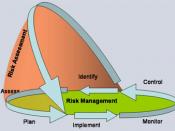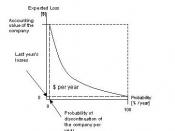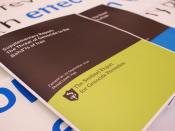Identify and discuss an aspect of adult nursing care and its underpinning research.
In compilation of this essay the author has preserved the confidentiality and identity of all service users that have been referenced to.
During his adult placement the author was introduced to the aspect of Pressure Sore Management (PSM), he had previously managed pressure sores but not to the extent as witnessed in a hospital ward environment. From initial assessment and evaluation to prevention and management this area intrigued the author and for this reason he will attempt to give a brief overview, focusing on the underpinning research, of this significant area of nursing practice.
We should commence by defining a pressure sore/ulcer or decubitus ulcer, as it is also known. The National Institute for Clinical Excellence (NICE) defines it simply in its Inherited Clinical Guideline B (2001) as; "Pressure ulcers are areas of damage to the skin and underlying tissue".
For a more comprehensive definition we could contemplate Brooker (1996) when she states, "The destruction of tissue and ulceration which results from compression, sharing force and friction", and goes on to add, importantly, "Factors which predispose to pressure sore formation include: poor oxygenation, incontinence, age over 65-70, immobility, altered consciousness, dehydration and malnutrition". The latter provides us with the palpable material to assist in prevention, assessment and treatment without which an holistic approach is implausible.
On arrival into a hospital setting patients are assessed in numerous areas one of which is risk assessment for pressure sores. To assist nursing staff in this assessment a number of risk assessment scales have been developed; The Braden Risk Assessment Indicator (Bergstrom et al 1987), The Norton Score (Norton et al 1962) and used locally and specially adapted, The Waterlow/North Staffordshire (W/NS) Pressure Sore Risk Assessment (Best Clinical Practice 1998). All...


